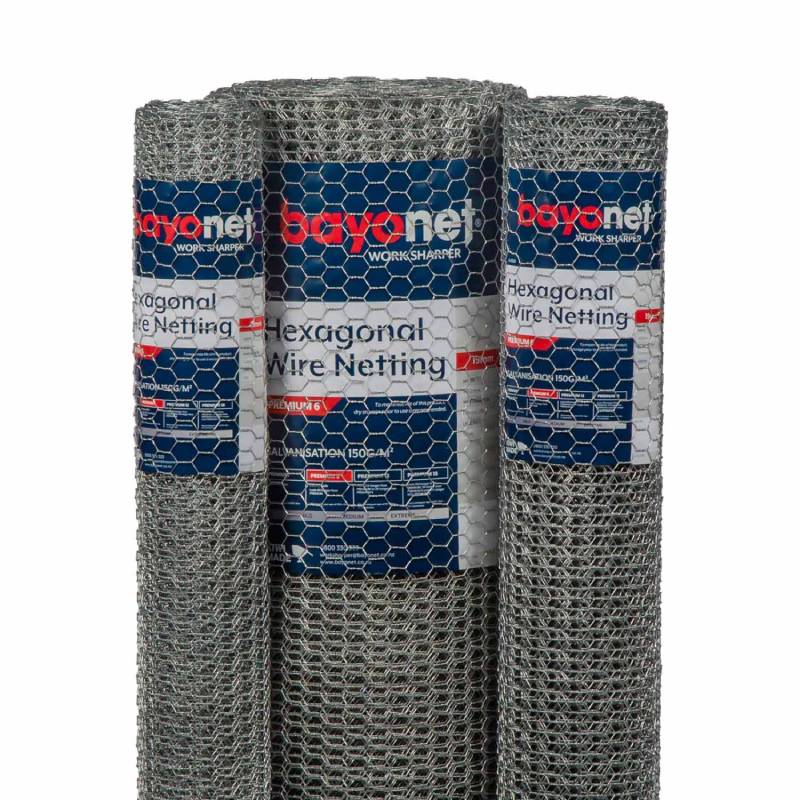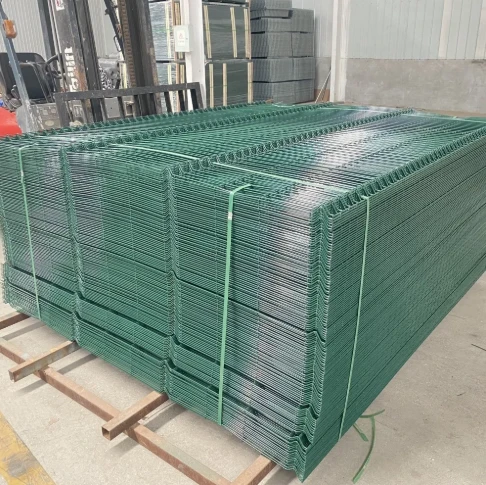The demand for high-performance materials in modern industrial and architectural design has never been higher, and metal grids stand at the forefront of this demand. As a specialist in materials engineering and design, I will explore the remarkable capabilities of metal grids, shedding light on their multifaceted applications, durable craftsmanship, and how they cater to both industrial rigor and aesthetic elegance.

Metal grids offer a compelling blend of strength and versatility, making them an essential component across various sectors. From construction and architecture to automotive and aerospace industries, their applications are as diverse as they are critical. These grids are typically manufactured from metals such as stainless steel, aluminum, or copper, and crafted through precise engineering processes like welding, weaving, and perforation, ensuring they meet rigorous standards of durability and performance.
One of the primary appeals of metal grids is their robustness. Designed to withstand substantial pressure and extreme environmental conditions, these grids excel in situations that demand high tensile strength and resistance to corrosion. This makes them an ideal choice for infrastructure projects, where their proven reliability ensures long-term stability and safety. For example, in the construction of bridges and large-scale buildings, metal grids contribute significantly to structural integrity and weight distribution.

Moreover, metal grids are celebrated for their flexibility. Their ability to be customized into various shapes and sizes while maintaining strength allows designers to weave elements of creativity into their projects without compromising on structural requirements. This adaptability is particularly beneficial in modern architecture, where there is a constant push for innovative designs that also need to support sustainable building practices. Metal grids accommodate such needs beautifully, allowing for enhanced light penetration and ventilation while upholding the edifice's core strength.
In the industrial sector, metal grids serve as key components in machinery and equipment. Their use in filters, protection screens, and support structures highlights their importance in maintaining operational efficiency. The precise mesh arrangement in these grids can be adapted to control filtration levels, regulate airflow, and prevent material ingress, which is essential for machinery longevity and workplace safety.
metal grid
The aesthetic value of metal grids also plays a significant role in interior design and urban landscaping. With their sleek, modern appearance, they are often utilized in creating partitions, ceiling designs, and stairway railings that combine functionality with visual appeal. The choice of finishings — from polished to brushed metal textures — further enhances their aesthetic versatility, adapting to both contemporary and traditional design styles.
Expertise in selecting the right type of metal grid is crucial, whether for practical functionality or decorative purposes. Professionals rely on their deep understanding of material properties and consideration of environmental factors to choose appropriate grid types. The nuances of selecting between welded wire grids versus woven wire grids in specific applications underscore the need for expert advice in ensuring optimal performance and sustainability.
The authoritative use of metal grids is evident in their incorporation into high-profile and technically challenging projects worldwide.
This broad acceptance underscores their trustworthiness as a building material. Regulatory bodies often emphasize certifications and standards that these materials must meet, reflecting their high reliability standards across global markets.
In conclusion, metal grids embody a perfect synergy of practicality and innovation. Their enduring strength, adaptability, and stylish potential make them a cornerstone in fields demanding precision and durability. As industries continue to evolve, the role of metal grids in creating sustainable, resilient structures will only solidify, promising a future where functionality meets artistry seamlessly. For anyone involved in material selection, understanding the profound capabilities of metal grids is not merely beneficial but essential.
























